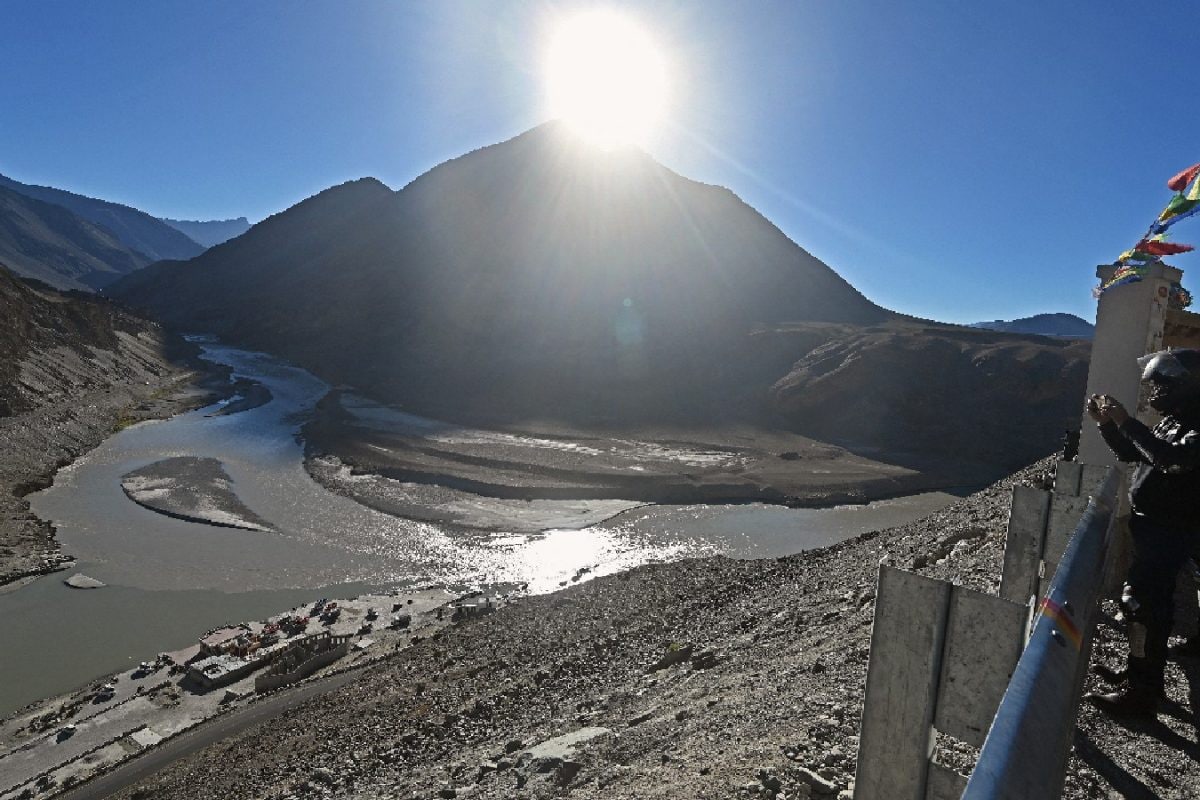Salt Lake County Clerk Lannie Chapman wouldn’t mind having a DeLorean, a la “Back To The Future,” these days — or really anything she could turn into a time machine. She needs it, she says, because the clock is ticking as her staff slogs through the process of validating signatures on a mountain of petition packets turned in last week by Protect Utah Workers, a coalition of labor groups trying to repeal an anti-union law. It is equal parts drama and drudgery as clerk’s offices across the state now have less than two weeks to chip away at validating more than 320,000 signatures to determine if the labor referendum will become the first since 2007 to appear on the ballot.
(In 2020, groups gathered signatures to repeal a food tax increase, but lawmakers relented and repealed the law before it went to a vote.) And even in a high-tech world, it is a decidedly low-tech process: Hundreds of staff across the state hunched over computer terminals, going page by page and signature by signature through piles of petition packets. Davis County Clerk Brian McKenzie said he has 14 employees taking shifts plowing through what they estimate is nearly 20,000 signatures submitted in the county.

Each name or address is manually entered into the state’s voter database to ensure the signatory is a registered voter. Once the registration is verified, the signature on the petition is compared to several signatures on file in the state’s database, like those from driver licenses, voter registrations and other official records. McKenzie said the screeners receive training from the lieutenant governor’s office, plus additional training from his office, on how to determine if a signature is “substantially similar” to those on file.
State law is not specific about exactly what that means, so the determination ends up being somewhat subjective. “Here’s just some basic things we’re looking at,” McKenzie said, explaining the verification process. “We’re looking at the slant, so that’s one thing.
We look at the baseline [above or on the line] ...
Does it go up on an angle? Does it go down on an angle? Is it straight across? Is there a rainbow, anything like that? We’re looking at loops. We look at crosses. We look at dots, you know, little circles, dashes, anything like that.
We look at combinations of cursive and print.” “No two signatures are ever going to be identical. We know that,” he said.
“But these characteristics will be consistently found in the handwriting.” If there’s any question about the match, it can go to a secondary review, McKenzie said. (Trent Nelson | The Salt Lake Tribune) Boxes of signatures are checked in at the Salt Lake County Clerk's office as labor leaders attempt to qualify a referendum repealing an anti-union bill, on Wednesday, April 16, 2025.
Once a signature is deemed to match, it is recorded in the statewide database in the lieutenant governor’s office and sorted into senate district — since, in addition to getting 140,748 valid signatures statewide, the labor unions have to meet targets ranging from about 3,000 to 5,700 in 15 of the state’s 29 senate districts. Chapman said her office has verified a “potpourri” of nearly 7,500 signatures from almost every county in the state, as petitions were signed at large gatherings in Salt Lake City, like a major protest at the Capitol. As of Thursday, clerks had validated just over 100,000 signatures statewide , according to the lieutenant governor’s office.
The more than 320,000 signatures submitted by Protect Utah Workers is the most ever gathered for a single ballot referendum or initiative, but not the biggest lift clerks have ever had to process. In 2018, four ballot initiatives were in play: measures to legalize medical marijuana, expand Medicaid, create an independent redistricting commission and institute direct primary elections. Clerks verified close to 600,000 signatures .
Three of the initiatives qualified for the ballot and were approved by voters, while the direct primary initiative came up one senate district short of making it onto the ballot. In Salt Lake County, Chapman said her staff had validated more than 64,698 of the roughly 83,000 signatures reviewed as of noon on Thursday. That means just over one in every five signatures submitted is being rejected — a rate that is considerably higher than the rejection rate for candidate petitions last year, according to a legislative audit .
That review put the rejection rate at between 8% and 12%. McKenzie said Davis County has had a similarly high rejection rate. He said professional signature gatherers tend to have a lower rate because they use apps that can identify if a voter is registered.
Protect Utah Workers used a mix of paid gatherers and volunteers. Petitions that weren’t initially approved were only set aside, Chapman said. The penmanship on some makes it hard to read a name or an address, and, with so many to get through before the deadline, staff can’t spend the time trying to decipher some of the letters.
If it makes a difference as to whether there are enough signatures in a specific district, she said they can go back and screen the petitions again, but for now, they are trying to get through the 106,000 signatures awaiting authentication. “I wish it was more automated,” Chapman said, “but it’s a very, very manual process.”.
Politics

Utah’s county clerks are analyzing 320,000 referendum signatures. Here’s how they do it.

Unions submitted 320,000 signatures to repeal an anti-labor union bill. Here's how Utah's county clerks validate the names.















